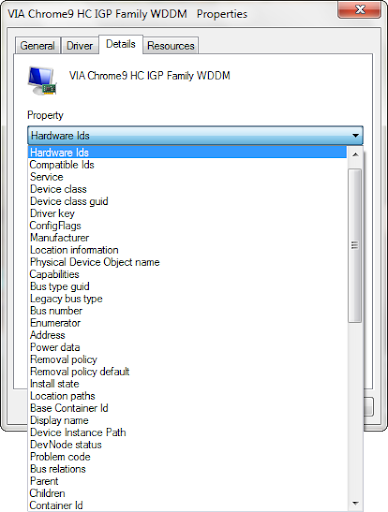
In default Firefox configurations, Mozilla configured Firefox to suite-in on average computer specifications and internet connection speed. Meaning that, either you have a low-end computer with a slow internet connection or mid/high-end computer with a fast internet connection, Firefox will runs well, at the same speed. These setup is too conservative on nowadays computer specs. and internet speed, so, with fast computer and fast internet connection, you can change the configuration setup to get most of what Firefox has, to make it even more faster.
I've been using Mozilla Firefox for a quite some time now, and always trying to find an extra speed of it, of course speed is the major thing when we choose to use any browser, isn't it? After searching through forums, blogs, websites and also from Mozilla Knowledge Base Article, learning and experimenting, here is my best Firefox preferences I'm going to share with you all, I'm stick with these settings even after upgrading Firefox and it work's well and fast.
Want to try it? First, you need to disable or uninstall all add-ons related to speed up Firefox such as FasterFox, FasterFox Lite, etc. and also if you have tuned Firefox using some software like FireTune, please restore to the default value. We need to do this, otherwise the add-ons will change back to it configuration after Firefox restart.
Here is the preference values:
HTTP Connection Prefs:You could either change the settings through about:config, you have to add a new value because some of it does not present in default or by editing Firefox "pref.js" file that can be located at:
pref("network.http.max-connections", 96);
pref("network.http.max-connections-per-server", 32);
pref("network.http.max-persistent-connections-per-server", 8);
pref("network.http.max-persistent-connections-per-proxy", 16);
Note:
"network.http.max-persistent-connections-per-proxy" is only take effect when browsing through proxy.
HTTP Pipelining Prefs:
pref("network.http.pipelining", true);
pref("network.http.pipelining.ssl", true);
pref("network.http.proxy.pipelining", true);
pref("network.http.pipelining.maxrequests", 8);
Note:
Secure HTTP always enabled whenever "network.http.pipelining" is set to "true", no matter if "network.http.pipelining.ssl" is set on "true" or "false".
Rendering Prefs:
pref("nglayout.initialpaint.delay", 0);
pref("content.notify.backoffcount", 5);
pref("content.notify.ontimer", true);
pref("content.notify.interval", 120000);
pref("content.interrupt.parsing", true);
pref("content.max.tokenizing.time", 360000);
pref("content.switch.threshold", 750000);
Note:
To use "content.max.tokenizing.time" - "content.notify.ontimer" and "content.interrupt.parsing" must be set to "true". The value is, triple the value of "content.notify.interval".
To use "content.notify.backoffcount" - "content.notify.ontimer" must be set to "true" for this preference to take effect.
To use "content.switch.threshold" - "content.notify.ontimer" and "content.interrupt.parsing" must be set to "true".
To use "content.notify.interval" - "content.notify.ontimer" must be set to "true".
C:/Users\UserNameThe "zpkmkczk.default" might be named differently from mine but it's the only folder in there. Open it and locate the "pref.js" file, right click on it, choose edit and edit with the above values. Before that, make sure you have exiting all Firefox windows and also please backup the "pref.js" first.\AppData\Roaming\Mozilla\Firefox\Profiles\zpkmkczk.default in Windows Vista and 7 .
C:/Documents and Settings\UserName\Application Data\Mozilla\Firefox \Profiles\zpkmkczk.default in Windows 2000, XP & Server 2003.
Start Firefox and do a test drive. I hope you can feel the different and also wish you'll like it.
That's it .. thanks for visiting my blog.










































